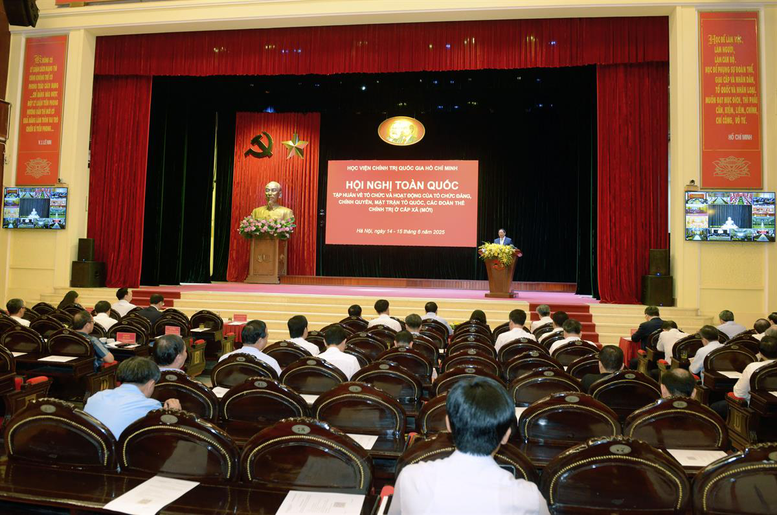
National training conference on organization and operation of Party organizations, government, Fatherland Front, political organizations at commune level (new) held in 2 days June 14-15, 2025
At the National Training Conference on the organization and operation of Party organizations, government, Fatherland Front, and political organizations at the commune level (new), leaders of the Ministry of Finance reported on the basic contents of decentralization, delegation of authority, and determination of authority in the financial sector; and handling of assets when arranging administrative units when implementing two-level local government.
Expanding financial decentralization in a practical and proactive manner
Implementing Conclusion 155-KL/TW and Conclusion 160-KL/TW of the Politburo in May 2025 on organizational restructuring, the Ministry of Finance has reviewed, synthesized and proposed to amend a series of legal documents with 253 documents (including 17 laws, 65 decrees, 143 circulars...), to promote decentralization and delegation of power associated with 2-level local governments.
As a result of the review, there are 412 tasks proposed for decentralization. Of these, 58 tasks have been implemented through documents approved by the National Assembly. The remaining 354 tasks are proposed for decentralization at different levels: 13 tasks are under the authority of the National Assembly or the National Assembly Standing Committee to the Government; 92 tasks are decentralized from the Government/Prime Minister to the Minister and locality; 187 tasks are transferred from the district level to the commune level; 20 tasks are transferred from the district level to the province level.
In particular, the Ministry of Finance has chaired the revision of 13 laws, issued 5 decrees and 7 specialized circulars to suit the 2-level government governance model. The contents focus on the state budget, public assets, taxes, public investment and issues related to local financial management.
Review of authority and guidance for financial implementation at local level
According to the guidance in Documents 4205/BTC-NSNN dated April 2, 2025 and 7284/BTC-NSNN dated May 27, 2025, the Ministry of Finance has requested to ensure stable revenue sources - expenditure tasks after the arrangement of administrative units.
Regarding the budget, the current State Budget Law has clearly divided the authority between the central and local governments, and assigned the Provincial People's Council to decide on the decentralization of the local budget. In the draft amendment to the State Budget Law, this content continues to be stipulated.
In public investment, the Ministry of Finance proposed transferring 5 tasks from the district level to the provincial level, such as: deciding on investment policies, adjusting medium-term plans, and decentralizing authority to communes.
In the field of land finance, requisition and public asset management, 101 tasks have been assigned, including: 8 tasks transferred from district to province; 93 tasks transferred from district to commune.
In the bidding field, 8 tasks were transferred to the commune level; 3 tasks were for fees and charges; 5 tasks were for social policy credit; 2 tasks were for state-owned enterprise development; 3 tasks were for insurance; 38 tasks were for management of business households and cooperatives; 18 tasks were for national target programs; 5 tasks were for PPP investment; 3 tasks were for price management; and 13 tasks were for taxes.
In addition to the budget sector, the Ministry of Finance proposed specific decentralization contents.
Regarding public investment, there are 4 tasks delegated from the National Assembly to the Government, from the Prime Minister to ministries, branches and localities. The new mechanism helps shorten investment procedures, simplify project processes and reduce appraisal content.
Regarding public assets, there are 82 decentralized tasks, of which 58 are assigned by the Prime Minister to ministers and localities, and 24 are transferred by ministers to provincial/commune authorities. In addition, the remaining tasks are handled through the Law amending and supplementing 8 laws, Decree 77/2025/ND-CP, and decrees amending and supplementing standards for headquarters and public vehicles.
Regarding planning, there are 5 tasks delegated from the National Assembly and the Prime Minister to local levels such as organizing appraisal and adjustment of provincial planning.
Regarding bidding, there are 5 tasks, of which 3 give the investor the authority to decide on the form of bid designation, competitive bidding, and contract amendment.
Regarding public-private partnership (PPP), there are 5 tasks assigned from the National Assembly, Prime Minister, and ministers down to all levels.
Regarding investment, there are 7 major project groups such as airports, urban areas, oil and gas, housing, etc. that are decentralized to localities. At the same time, the Provincial People's Committee has the right to announce investment incentive areas within 5 days from the establishment of the commune.
Regarding tax, there are 9 tasks delegated from the Government and the Prime Minister to the Ministry of Finance regarding tax declaration, records, deadlines, electronic invoice services, and APA negotiations.
Regarding state reserves, there are 6 tasks delegated to the Minister of Finance, including the right to decide on the import and export of reserve goods, destruction and handling of damaged goods.
Regarding state-owned enterprises, there are 6 tasks assigned to the Board of Members and the Chairman of the company to perform instead of reporting to the owner.
Regarding statistics, there are 6 tasks, including organizing investigations and assigning agencies, decentralized from the Prime Minister to the Minister, and from the Minister to the statistical agency.
Notably, at the 9th session, the National Assembly allowed further decentralization to Hai Phong City according to a special mechanism, including 4 tasks from the National Assembly, Prime Minister, and Standing Committee of the National Assembly to the People's Council and People's Committee of the city.
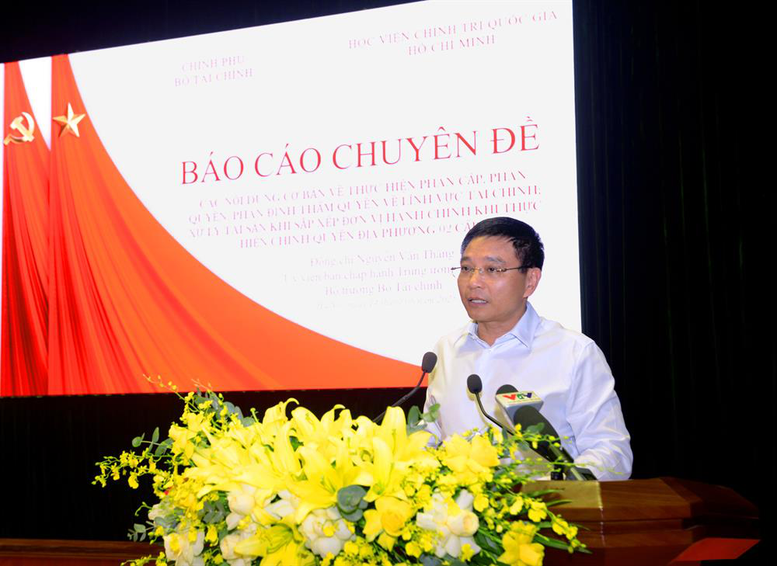
Mr. Nguyen Van Thang, Minister of Finance, introduced the topic "Report on basic contents on implementing decentralization, delegation of power, and determination of authority in the financial sector when implementing 2-level local government" - Photo: Ho Chi Minh National Academy of Politics
Handling public assets when arranging administrative units in sync with apparatus reform
Notably, for working headquarters and public service facilities, the Ministry of Finance guides to prioritize the arrangement of working headquarters and public service facilities of district-level agencies, organizations and units (after abolishing the district level) for grassroots administrative units where the headquarters are located or other State agencies, organizations and units (including central agencies, organizations and units in the area) that have a need to use one working headquarters or public service facility; it is possible to arrange one working headquarters for many agencies, organizations and units to use; at the same time, an agency can arrange to maintain work at many headquarters in the initial stage of arranging administrative units to ensure state management in the merged areas and reduce difficulties in travel and daily life of cadres, civil servants, public employees and workers; not to affect or interrupt the provision of public services to the people.
Carry out the exchange (transfer) of headquarters and public service facilities between provincial, district, commune-level agencies, organizations, units and central agencies in the area with headquarters that have surplus, excess or lack of area compared to standards and norms to ensure maximum utilization of available facilities, headquarters and public service facilities in the area.
For the surplus headquarters and public service facilities after arrangement and reorganization, the asset handling shall be carried out in accordance with the provisions of the law on management and use of public assets; in which, priority shall be given to converting the functions to medical and educational facilities, and using them for other local public purposes (libraries, parks, cultural and sports institutions, etc.) as directed by General Secretary To Lam and Prime Minister Pham Minh Chinh; reclaiming them for management and exploitation by local housing management and business organizations (management to serve the long-term goals of the State; preserving and protecting assets; arranging temporary use for agencies and units; leasing houses attached to land; etc.), assigning local land fund development organizations to manage, develop and exploit them in accordance with the provisions of law, etc.
The Ministry of Finance's leaders requested: The arrangement of administrative units according to the 2-level model entails the requirement to handle public assets synchronously and effectively. Public assets are the basis for serving state activities and providing public services, so they need to be arranged appropriately according to the number of officials and functions and tasks of each unit. Since the end of 2024, the National Assembly has issued Law 56/2024/QH15 amending the Law on Management and Use of Public Assets; the Government has issued 11 decrees and 1 related decision.
Notably, the Prime Minister also issued two telegrams directing the arrangement and handling of public assets, assigning specific tasks to ministries, branches and localities. The Ministry of Finance submitted a report to the Government Party Committee to the Politburo, and at the same time sent a document to the Provincial and Municipal Party Committee Secretaries for unified direction.
In addition, the Ministry of Finance also issued many documents guiding the handling of assets after rearrangement, noting: Prioritizing the reuse of headquarters and facilities that are still in good condition; Converting the purpose of use appropriately if no longer used for the right function; Limiting new purchases if the need is unclear, avoiding budget waste.
According to the leadership of the Ministry of Finance, with unified direction from the Politburo, the Secretariat and guidance documents from the Ministry of Finance, localities need to urgently review and complete the contents of decentralization and arrangement of public assets before the deadline of June 30, 2025 as planned.
Mr. Minh
Source: https://baochinhphu.vn/huong-dan-xu-ly-tai-chinh-va-tai-san-cong-khi-sap-xep-don-vi-hanh-chinh-102250615180114248.htm














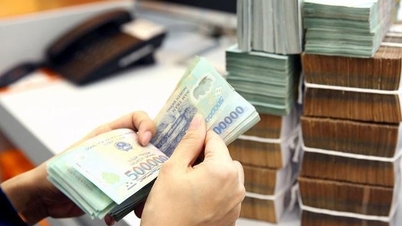



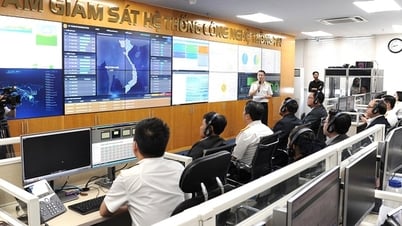

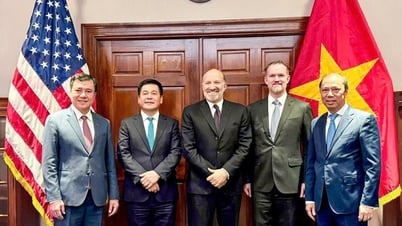


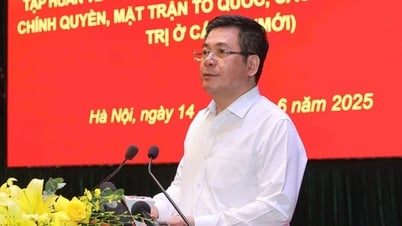








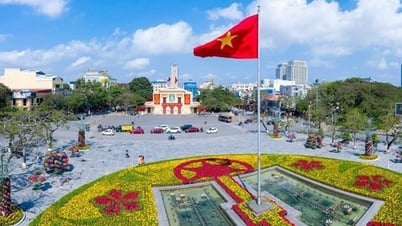



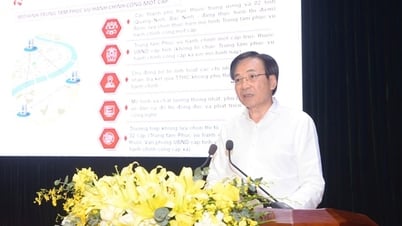






























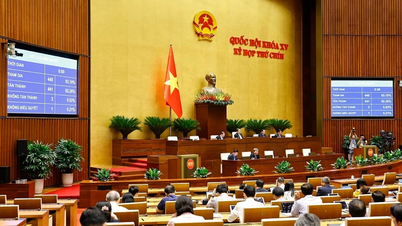




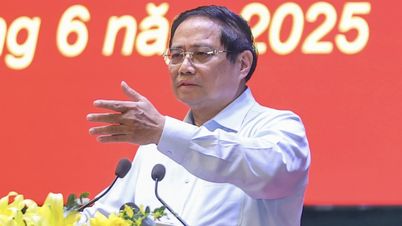



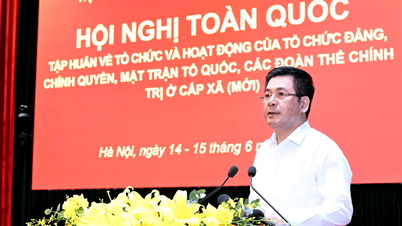










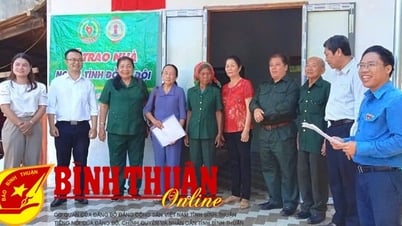
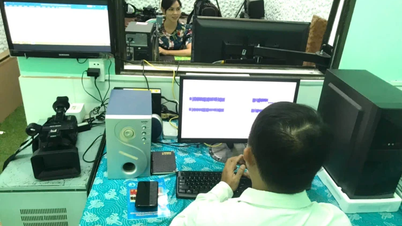

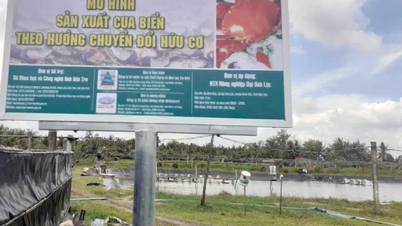
















Comment (0)